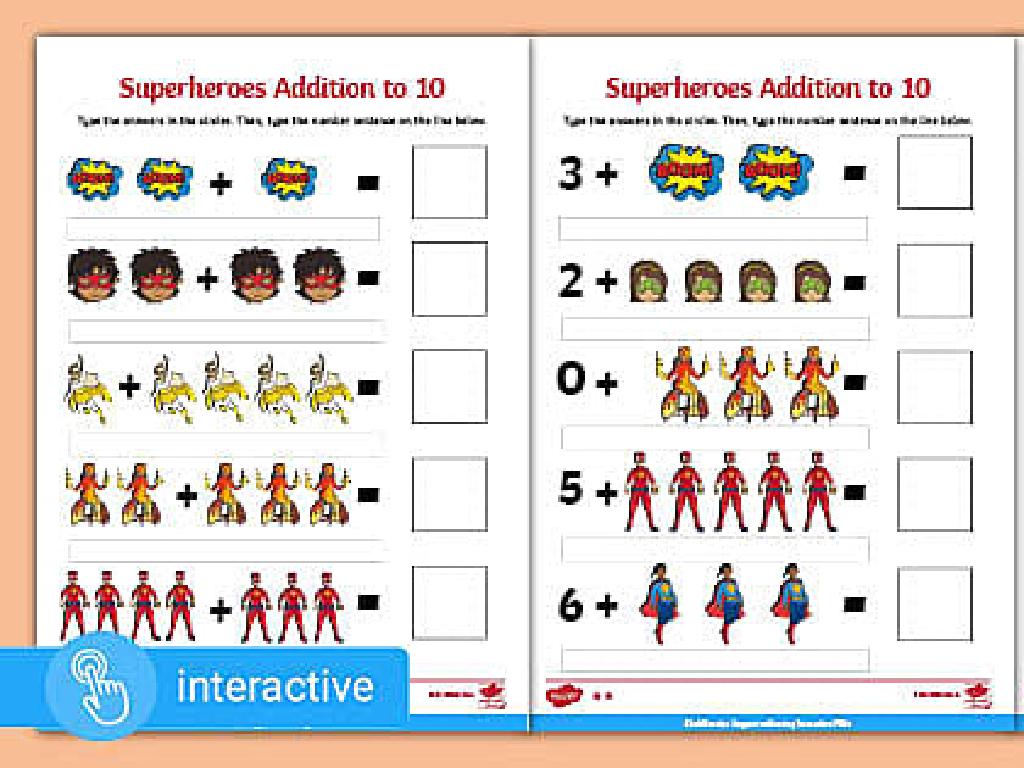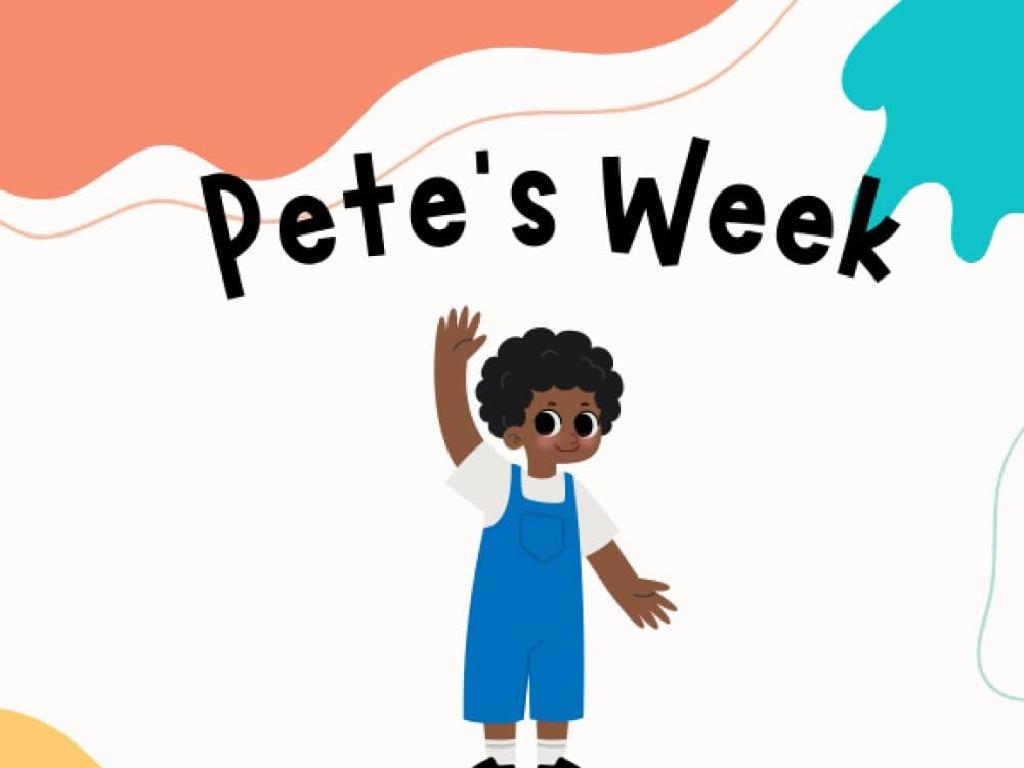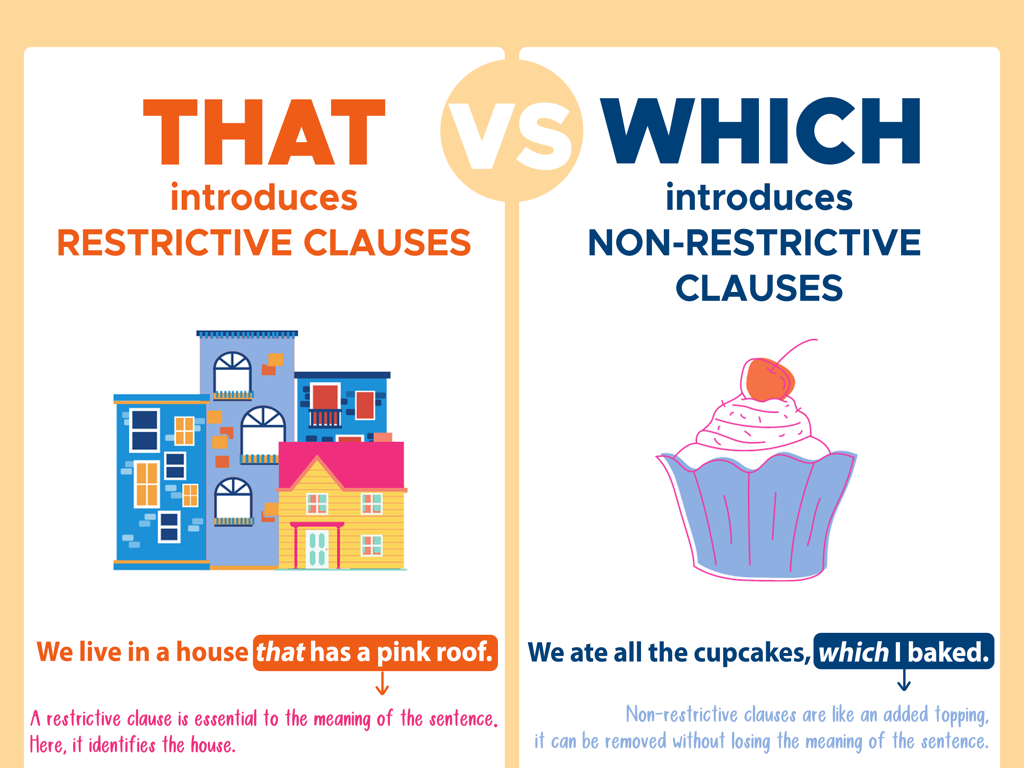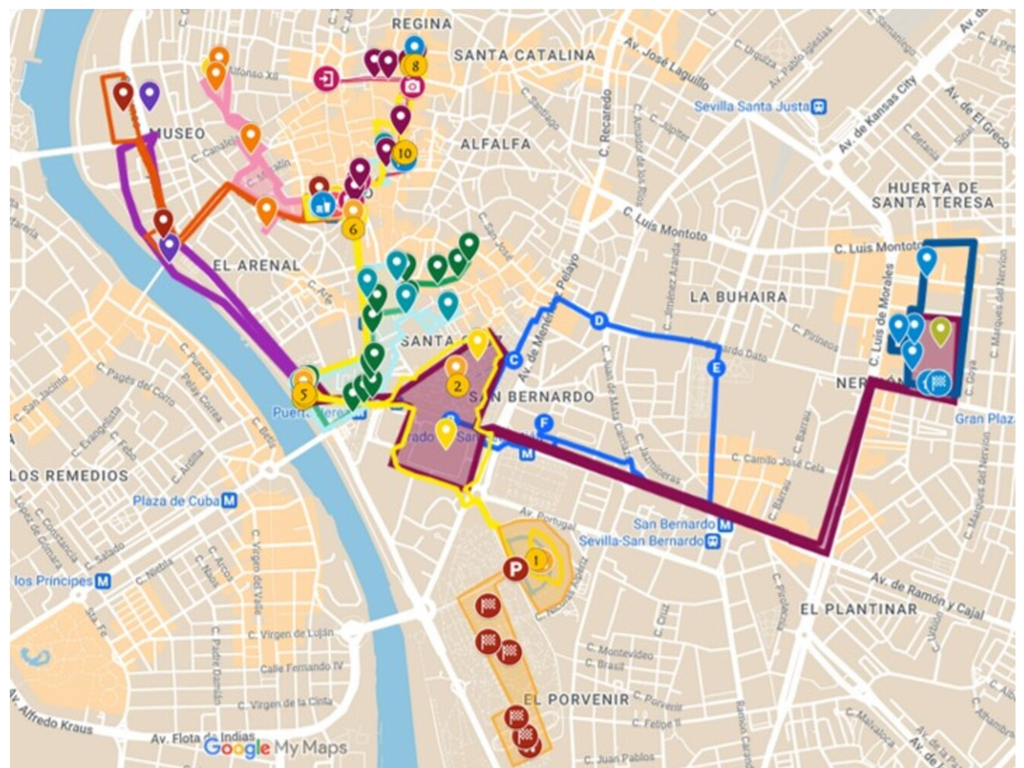Number Lines - Up To 100
Subject: Math
Grade: First grade
Topic: Counting To 100
Please LOG IN to download the presentation. Access is available to registered users only.
View More Content
Welcome to Counting to 100!
– Greet the day with numbers
– Counting to 100 is our goal
– Discover the number line tool
– A number line is a straight line with numbers placed at equal intervals along its length.
– Practice makes perfect
– We’ll count together using the number line.
|
This slide is designed to introduce first graders to the concept of counting to 100. Start the class with a cheerful good morning and an exciting introduction to the day’s lesson. Explain that the goal for today is to learn how to count all the way to 100. Introduce the number line as a helpful tool that will guide them in understanding the sequence of numbers and how to count in order. Emphasize the importance of practice and encourage participation. As you move through the lesson, use the number line to demonstrate counting by ones, pointing to each number as you go. This visual aid will help students grasp the concept of numerical order and incrementation.
Exploring Number Lines
– What is a number line?
– A straight line with numbers at equal spaces
– Number lines show order
– Numbers get bigger as we move right
– Example: Number line 0 to 10
– Starting at 0, we count up to 10 in order
– Practice counting with number lines
– We’ll use number lines to count from 1 to 100
|
Introduce the concept of a number line to the students as a foundational tool in mathematics for understanding numerical order and arithmetic operations. Explain that a number line is a visual representation where numbers are laid out in a straight line at equal intervals. Start with a simple number line from 0 to 10 to help them grasp the concept of sequencing numbers. Encourage the students to practice counting using number lines and to notice that as we move to the right, the numbers increase. This slide sets the stage for further exploration of number lines up to 100, which will be covered in subsequent lessons.
Counting with a Number Line
– Explore a number line to 100
– Count by ones, fives, and tens
– Skip count by different intervals
– Practice counting to 20
– Use the number line as a guide
– Understand patterns in counting
– Notice the repetition every 10 numbers
|
This slide introduces students to the concept of a number line and its use in counting. Start by showing them a large number line that extends to 100. Explain that a number line can help us count in different ways – by ones for precise counting, by fives for quicker counting, and by tens for the fastest counting. Begin with a simple exercise of counting to 20 together using the number line, ensuring that students understand how to move from one number to the next. Emphasize the patterns that emerge when counting, such as the repetition of the last digit when counting by tens (10, 20, 30, etc.). This will help students grasp the concept of skip counting and see the number line as a useful tool for understanding the sequence of numbers.
Jumping on the Number Line
– Imagine a frog on a number line
– Each jump moves to the next number
– Let’s jump from 0 to 30 together
– Visualize the frog hopping from one number to the next
– Count each jump out loud
– Practice counting as the frog jumps
|
This slide introduces the concept of a number line as a visual tool to help students understand sequencing of numbers. By imagining a frog jumping from one number to the next, children can visualize the progression of numbers. Encourage the students to mimic the frog’s jumps by pointing to the numbers on their own number lines as they count from 0 to 30. This activity helps to reinforce the concept of number order and the idea that each number is one unit larger than the number before it. Make sure to engage the students by having them count out loud with each jump to practice their counting skills.
Counting by Fives on the Number Line
– Count faster with bigger steps
– Practice counting by fives
– Start at 5 and add 5 more each time
– Use the number line up to 100
– Visualize the jumps on the number line
– Reach 100 by counting: 5, 10, 15…
– Example sequence: 5, 10, 15, 20, 25…
|
This slide introduces the concept of skip counting by fives to help students count more efficiently. Explain that instead of counting one by one, we can count by fives to reach numbers faster. Demonstrate on a number line how to make jumps from 0 to 5, 5 to 10, and so on, up to 100. Encourage students to practice this technique by counting aloud together and using their fingers to represent each increment of five. This will help them understand the pattern and prepare them for learning multiplication. Make sure to provide examples and guide them through the process step by step.
Counting by Tens on the Number Line
– Counting by tens is quick
– Practice together: 10, 20, 30…
– Start at 10 and jump forward by 10 each time
– Numbers end in zero
– Every tenth number ends with a zero
– Reach up to 100 easily
|
This slide introduces students to the concept of skip counting by tens, which is a foundational skill in understanding place value and preparing for multiplication. Start by explaining that counting by tens is a faster way to count than one by one. Demonstrate on a number line by pointing to 10, 20, 30, and so on, up to 100. Highlight how each of these numbers ends with a zero, which is a pattern that occurs when counting by tens. Encourage students to practice counting by tens aloud and with their fingers or counters to reinforce the concept. This activity can be turned into a game where students jump or clap every time they reach a number that ends in zero.
Our Number Line Adventure
– Counting to 100 on a number line
– A number line helps us see the order of numbers
– Count by ones, fives, and tens
– Try skipping along: 1, 6, 11, 16… or 10, 20, 30…
– Number line as a guide
– It shows us how numbers are related
– Practice makes perfect
|
This slide is designed to reinforce the concept of using a number line to count to 100, which is a fundamental skill in first-grade mathematics. The slide encourages students to practice counting by ones for a detailed understanding, by fives for efficiency, and by tens to grasp the concept of place value. The number line is a visual tool that helps students understand the sequence and relationship between numbers. Encourage students to use their fingers to trace the numbers on the number line as they count. For practice, consider having students create their own number lines with craft materials and use them to count out loud in class. This tactile and visual activity will help solidify their understanding of numerical order and the intervals between numbers.
Class Activity: Create Your Number Line!
– Let’s draw a number line together
– Start your line at 0 and end at 100
– Use your line to count from 1 to 100
– Practice counting by 2s, 5s, and 10s
– Counting by 2s (like 2, 4, 6…), by 5s (5, 10, 15…), and by 10s (10, 20, 30…)
|
This slide introduces a hands-on activity where students will create their own number lines, which is a fundamental tool in understanding numerical order and arithmetic concepts. Provide students with long paper strips and markers or crayons. Guide them to mark the numbers from 0 to 100, ensuring even spacing between numbers. Once completed, use the number lines to practice counting aloud as a class. Encourage students to identify patterns when skipping numbers (counting by 2s, 5s, and 10s). This activity will help solidify their understanding of number sequences and the concept of intervals. Possible variations of the activity could include having students highlight or color-code certain intervals, like multiples of 5 or 10, to visually reinforce these patterns.






